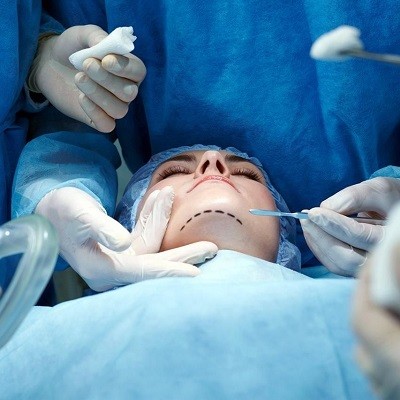Jaw surgery in Islamabad, also known as orthognathic surgery, is a complex procedure primarily aimed at correcting functional and structural issues of the jaw. It can address problems such as misalignment, bite issues, and facial asymmetries. However, given its ability to significantly alter facial appearance, many people wonder whether jaw surgery should be classified as cosmetic surgery. The answer is nuanced, as jaw surgery can have both functional and aesthetic benefits. Here’s a closer look at why jaw surgery straddles the line between functional and cosmetic procedures.
The Functional Aspect of Jaw Surgery:
- Correcting Bite Issues: One of the main purposes of jaw surgery is to address functional issues related to bite alignment. Conditions such as overbite (where the upper teeth significantly overlap the lower teeth), underbite (where the lower teeth protrude beyond the upper teeth), and crossbite (where the upper and lower teeth do not align properly) can cause significant discomfort and difficulties in chewing, speaking, and even breathing. Correcting these issues can greatly improve a patient’s quality of life by enhancing their ability to eat and speak comfortably.
- Alleviating Jaw Pain: Misaligned jaws can lead to chronic pain in the temporomandibular joint (TMJ) and associated muscles. Orthognathic surgery can relieve this pain by correcting the misalignment and reducing strain on the TMJ, leading to improved function and comfort.
- Improving Airway Function: For some patients, jaw misalignment can obstruct the airway, leading to breathing difficulties, snoring, or obstructive sleep apnea. Surgery can correct these issues by repositioning the jaw to open up the airway, thus improving overall respiratory function and sleep quality.
The Aesthetic Aspect of Jaw Surgery:
- Enhancing Facial Symmetry: Jaw surgery can significantly enhance facial aesthetics by correcting asymmetries and improving the balance of facial features. For example, correcting a receding chin or a protruding jaw can create a more harmonious and balanced profile, contributing to a more aesthetically pleasing appearance.
- Improving Jawline Definition: Many individuals seek jaw surgery to achieve a more defined and sculpted jawline. Repositioning the jaw can enhance the contours of the face, resulting in a sharper, more youthful appearance. This aspect of the surgery is often what people associate with cosmetic procedures.
- Restoring Proportional Balance: Facial proportions play a crucial role in overall attractiveness. Jaw surgery can correct disproportional features caused by jaw misalignment, thereby restoring a more balanced and proportional facial structure.
The Overlap of Functional and Cosmetic Goals:
While jaw surgery can certainly provide aesthetic improvements, it is fundamentally aimed at correcting functional problems. The dual nature of the procedure means that many patients benefit from both functional and cosmetic outcomes. The improvements in function—such as better bite alignment and reduced pain—often lead to enhanced appearance as a secondary benefit.
Insurance and Coverage:
In many cases, jaw surgery is covered by health insurance when it is deemed medically necessary to correct functional issues, such as severe bite problems or jaw pain. However, if the surgery is performed primarily for cosmetic reasons without a significant functional component, it may not be covered by insurance. This distinction is important for patients to consider when planning for surgery and understanding potential costs.
Conclusion:
Jaw surgery occupies a unique space where functional and cosmetic goals intersect. While its primary purpose is to address significant functional issues such as bite misalignment and jaw pain, it also offers substantial aesthetic benefits, including improved facial symmetry and jawline definition.
For more information visit Enfield royal clinic in Islamabad.
